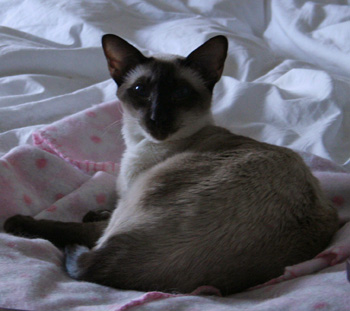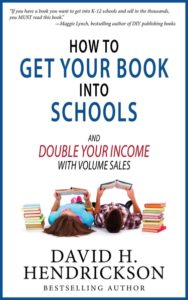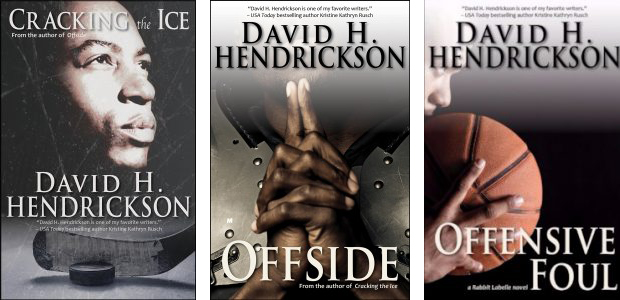Meet Chuck and Jim!
Chuck Anderson and Jim LeMay are the editors of Edward Bryant’s Sphere of Influence, a collection of stories by writers whose lives were touched by the late Ed Bryant. In addition to creating this collection as a tribute to Ed, Chuck and Jim are both very talented speculative writers in their own right.
Edward Bryant’s Sphere of Influence
Edward Bryant influenced a generation of readers and writers. In this collection, you’ll find stories of dinosaurs roaming the Earth, zombies rampaging a small town in Colorado, a Norse god in a rock band, and a family road trip to view the solar eclipse in Montana when something strange becomes visible in the darkness. Edward Bryant’s Sphere of Influence contains twenty-four stories influenced by a master of science-fiction and horror. Editors Chuck Anderson and Jim LeMay are proud to find and work with so many talented writers who called Ed their friend and mentor. In this book you’ll discover the extraordinary influence of a master’s touch!
This collection contains stories by Edward Bryant, Connie Willis, Steve Rasnic Tem, Eneasz Brodski, Kevin J. Anderson, Janis Ian, Gary Jonas, Denese E. Dora, Kent Johnson, Richard E. Friesen, Jamie Ferguson, Wayne Faust, Mario Acevedo, Lucy Taylor, Bruce Holland Rogers, Gregory R. Hyde, Robert Chansky, Trey R. Barker, Stace Johnson, David Kilman, Marie Desjardin, Van Aaron Hughes, Rebecca Hodgkins, Chuck Anderson, and Jim LeMay.
The Interview
What inspired you to create this collection?
Chuck: Jim and I decided to start the collection after we were at a remembrance for Ed. There, a bunch of us who knew him were telling stories about him and drinking beer when a writer said, ‘We were all just Ed’s kids!’ That’s when I got the first idea for the anthology. A few days later, I told Jim my idea. Luckily for me, he came onboard and soon afterward we came up with the guidelines and started to ask authors for stories. Jim and I also knew Ed’s estate was trying to start a scholarship in Ed’s name and part of the anthology’s profits will go to it.
Jim: As with our most unusual and innovative ideas, Chuck came up with this one. When he mentioned the idea to me a few days after our group reminisced about our friend and mentor I immediately agreed. What a wonderful way to honor Ed! In his will Ed stipulated that part of his estate should be used to set up an award to be called the Edward W. Bryant Jr. Mathom Award. As Chuck mentioned a portion of the profits from this book will go to that award.
Tell us about the theme for these stories. How did you select them, and what do they have in common?
Chuck: The stories were all by authors Ed worked with over the years. The oldest story is by Connie Willis from 1979, and a few were created just a few months before his death. The stories vary just as much as the authors who wrote them. It’s surprising to see their range and their talent, but it doesn’t surprise me because Ed had so much to give to most of them. How did we select them? Jim usually reads them first. They have to get by him. He’s a good gatekeeper.
Jim: Selecting the few stories to include was an agonizing process. We had such excellent stories from so many talented writers to choose from. Even though, as Chuck says, I read the stories first, we decided on the final cut together. We wanted to include stories that represented the broad range of subjects that Ed favored in science fiction, horror and fantasy.
What did each of you learn from Ed? What impact did he have on your own writing?
Chuck: I always learned from Ed the dignity of how a professional writer should always act. It was always the way he carried himself and how well he treated others. How we should critique each other’s stories. How we should deal with publishers and editors. How to talk to act at a convention. Ed always showed us his professionalism, and I have always felt the best teachers always taught by example and Ed was one of them.
Jim: I had written non-fiction for decades before I started experimenting with fiction. I explained everything in enough detail for my clients to clearly understand the subject and which actions should be taken next. That worked fine for non-fiction, but manifested itself as a stiff writing style in my first two novels. Then I joined one of Ed’s writers’ groups. He taught me to give the reader just enough detail to let her figure out the rest. He showed me my strengths as well as areas where I needed improvement. All this in a firm but gentle manner that has made me a much better writer.
Oh, yeah. I rewrote my first two novels after finishing those under his tutelage.
What did you enjoy most about putting this anthology together?
Chuck: The things I enjoyed most about putting together the anthology were working with Jim and the other twenty-two authors. At first, I didn’t know if we could put the book together but after a few weeks stories started to come in one after another. The outpouring from our community was overwhelming; there will always be a great amount of love for him.
Jim: The day after Chuck suggested putting the anthology together, to which I so eagerly agreed, I had second thoughts. Had we committed a horrible act of hubris? How could we possibly have thought giants of our genre like Connie Willis, Steve Rasnic Tem and so many others agree to place their stories in our inexperienced hands? But, as you can see from the result, they did. And now I find I have made new friends of all those excellent writers and friends of Ed.
What makes it fun for the two of you to work on a project like this together?
Chuck: Jim is the best. We’re neighbors and only live a mile apart. We usually meet every week at a local brewpub. We have become good friends over the last couple of years, and I don’t remember any big disagreements when we were putting the anthology together. He’s always level-headed, and he listens to all of my crazy ideas. When Jim came onboard, he made the anthology one hundred percent better.
Jim: Our similarities (among other things, we both like beer) and differences (Chuck’s full of crazy — his definition — ideas that fascinate me and I tend to be more conservative and curmudgeonly). We’re close friends as well as neighbors. I feel honored that he chose me to help him with the anthology. Just wait’ll you see what he just came up with for our next project!
Are you planning other collections?
Chuck & Jim: We are currently putting together an anthology of dinosaur stories, tentatively to be called A Fistful of Dinosaurs. We are working on several other ideas.
What’s your most memorable memory of Ed?
Chuck: Maybe the time we almost got into a minor car accident on I-25. Or the time he proudly showed me the tulips in his garden. Or the unusual Christmas gift he seemed to find for everyone each year. Or the two of my short stories he purchased for Wormhole Books? One memory? How can I only choose one?
Jim: I remember those of his books he signed for me at several MileHiCons. He signed the first, his collection of short stories “Wyoming Sun” my first year in the Denver area in 1982. He always spoke to me for a moment or two before signing a book to find out how to make the message personal. And I remember our joking about his “flat cats” and trading puns about cats on our way to a writers’ meeting in the mountains. And his memorable comments about my novels. And as Chuck says, there are many more.
…
Charles Eugene Anderson is a painter, publisher, writer. Chuck lives in Colorado.
…
Jim LeMay is originally from Missouri, the land of Mark Twain, Yogi Berra, Walter Cronkite, Edwin Hubble, Robert A. Heinlein and many other worthies so he knows his characters well. He has engaged in many of their vocations and avocations – homebrewer, bartender, waiter, land surveyor, civil engineer, land developer – and in some they have not: author, copywriter, commercial artist and others best forgotten. Jim lives in the Denver metropolitan area.
AuthorsDen | Goodreads | Email
…
…
Books2Read | Facebook | Goodreads
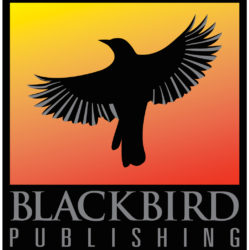

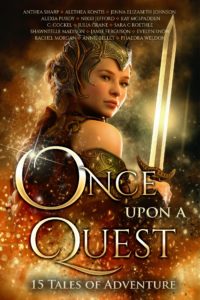
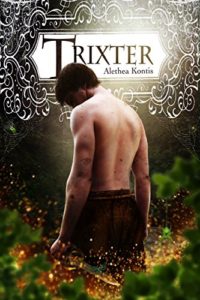
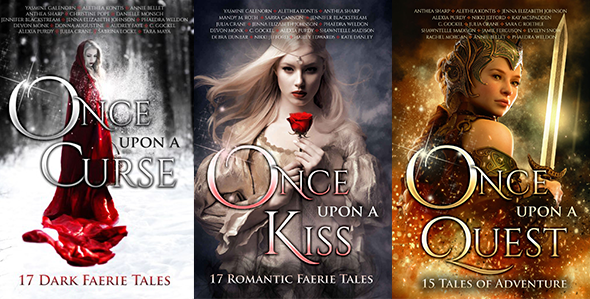
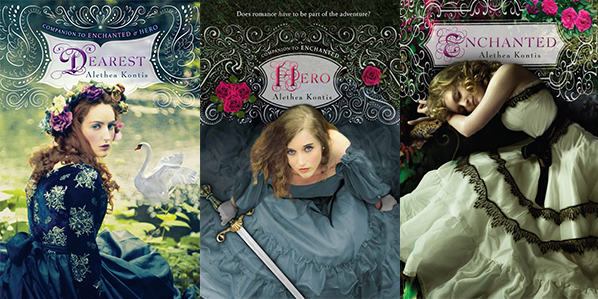
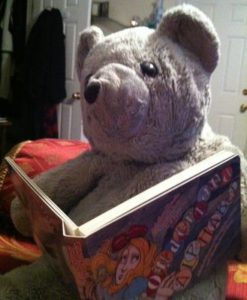 Charlemagne Montesquieu, the Marquis of Albec, is my teddy bear. We have been together for almost 30 years now. He’s witnessed me at my best and stuck with me through the worst, with a steadfast determination that no other person in my life has ever had. (I refer you back to Question One, about the girl with the big imagination and her passion for inanimate objects. Did I mention that my first best friend was a tree?)
Charlemagne Montesquieu, the Marquis of Albec, is my teddy bear. We have been together for almost 30 years now. He’s witnessed me at my best and stuck with me through the worst, with a steadfast determination that no other person in my life has ever had. (I refer you back to Question One, about the girl with the big imagination and her passion for inanimate objects. Did I mention that my first best friend was a tree?)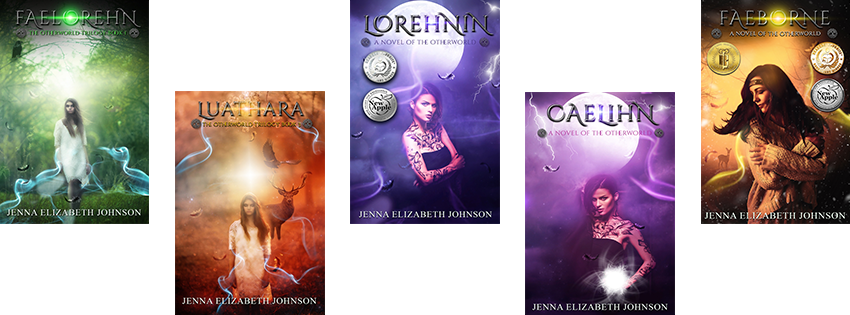
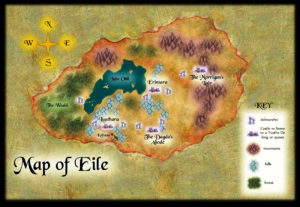 My
My 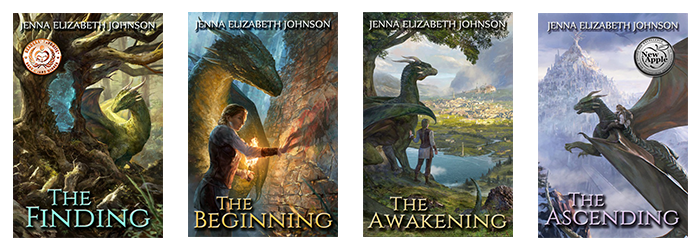
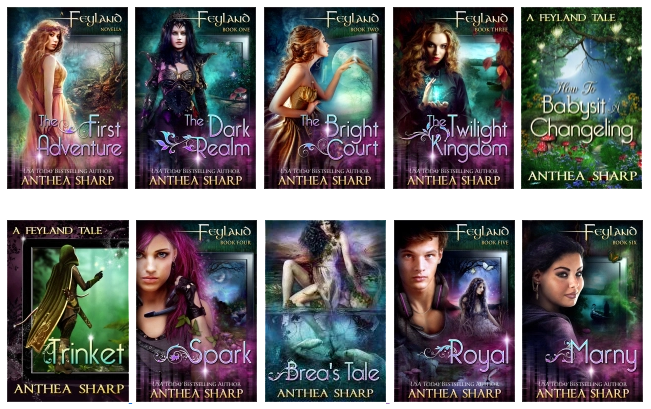
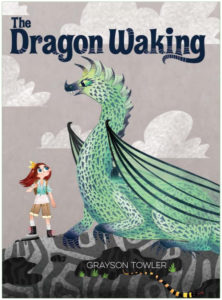
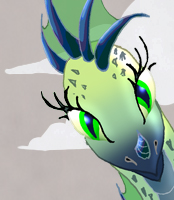
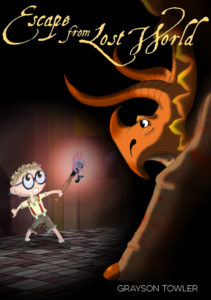



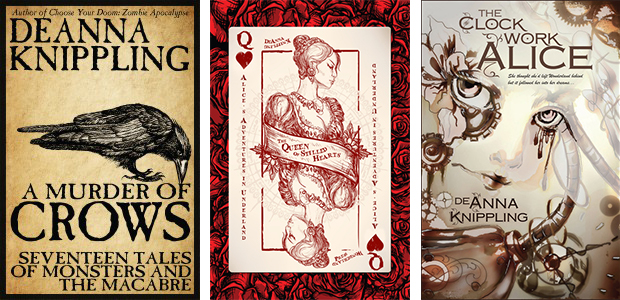
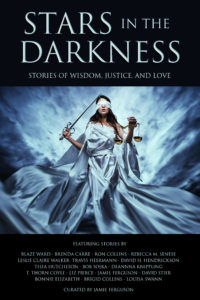


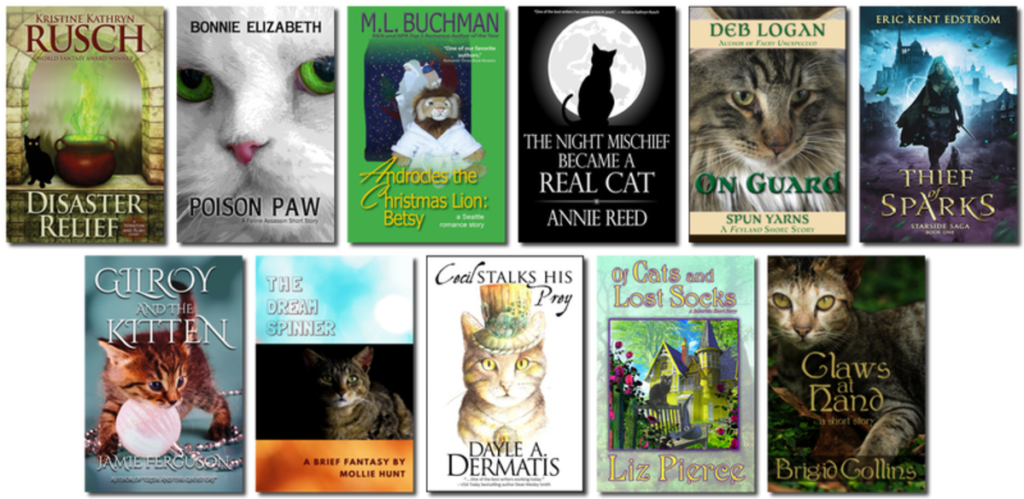
 As a long time cat blogger, I was familiar with the
As a long time cat blogger, I was familiar with the 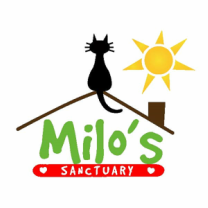 Dayle Dermatis suggested
Dayle Dermatis suggested 